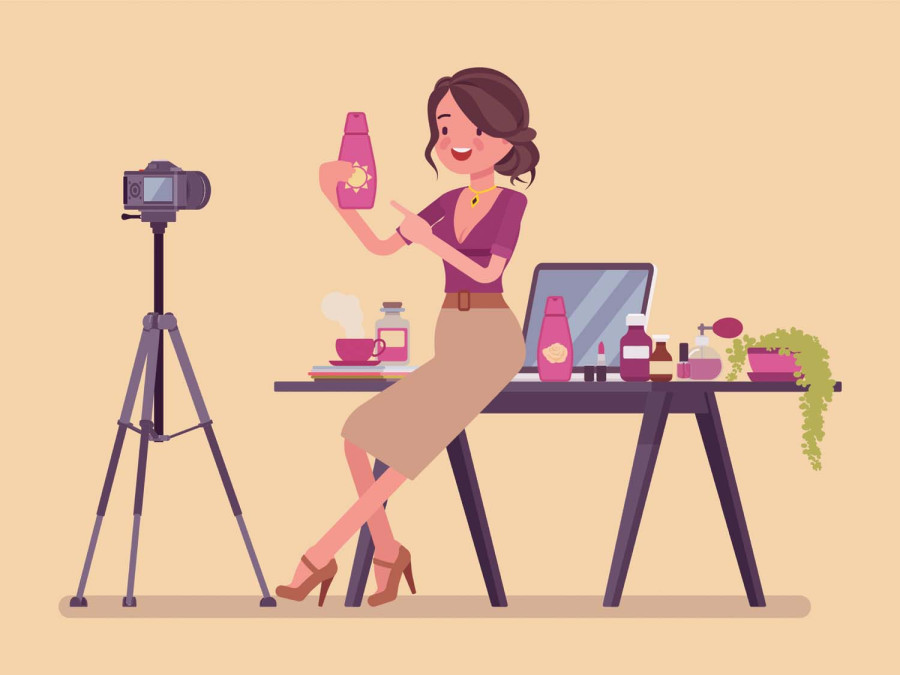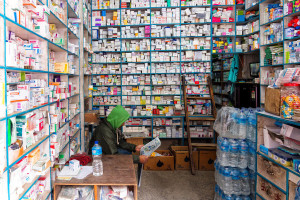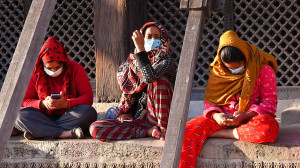Culture & Lifestyle
Is your skincare routine safe–or just trending?
With skincare advice flooding social media, dermatologist Smriti Shrestha explains why blindly following influencers’ recommendations can be risky.
Skanda Swar
In a time where skincare products are a daily feature of social media feeds, many users find themselves swayed by images of perfect skin and viral hashtags. What we see through filters and product reviews is only part of the story, which tends to leave out the science behind dermatological issues. But beneath the filters and product reviews lies a complex reality, where dermatological science often takes a back seat to popularity.
Dr Smriti Shrestha, a dermatologist and hair transplant surgeon, discusses the influencer-run skincare market and highlights how to make safer and more informed decisions.
What types of skincare products are most commonly promoted online?
Social media influencers push high-selling and trending items like serums and sunscreens, which are easy to show and appealing because of what they promise. Also, we see a lot of paid brand associations. The trend of influencers going into product development, which we see in other markets, has not really taken off in Nepal. What goes viral is visibility, not value or safety.
What makes consumers trust influencer recommendations?
It is largely about relatability. Influencers whom we term ‘skinfluencers’ build up credibility through their popularity. Many in Nepal don’t research before purchasing; they buy what they see. This has given influencers a large say in what is bought, often without the due diligence of the product’s validity.
Are influencer-promoted products backed by science?
The answer is mixed. We have pharmaceutical-grade skin care, which goes through research and development before going to market. But many of today’s beauty brands do not have documented efficacy or safety data. There is a great need for import rules that require science backup, including R&D info. We are seeing products come out every day, and even we, as dermatologists, have a hard time with them.
Can consumers safely follow skincare advice from non-expert influencers?
Definitely not without risk. The line between qualified professionals and the self-styled ‘skinfluencers’ is very thin.
There was an incident involving a beauty therapist in Nepal who falsely claimed to be a dermatologist while presenting fake credentials. It is also the consumers’ responsibility to do their homework before buying into a trending video. While there are professional skin care providers doing great work, the internet is also a minefield of information, some of which is dangerous.

How can people verify the credibility of skincare advice online?
Credibility should start with scientific backing. We rely on pharmaceutical-grade products because they follow standard protocols. But verification becomes tricky for over-the-counter beauty products. Dermatologists often assess safety by reviewing ingredients, but even that isn’t foolproof.
Some international sites identify product safety via ingredient scans. However, counterfeits and dupes are still an issue, and they are hard to police without strict import regulations. Nepal’s Drug Administration must implement more rigorous checks.
What role does digital marketing play in shaping skincare trends?
Social media algorithms have shifted from putting out information based on expertise to what is popular. It is no longer about science but about views. AI, which runs these platforms, pushes out viral content, putting new creators above the professionals.
A study by the American Academy of Dermatology revealed that nearly 90 percent of skincare information on YouTube from non-dermatologists was inaccurate. Yet, these creators had far more followers than board-certified dermatologists. What we have is a digital world that rewards exposure over accuracy.
What concerns do dermatologists have about influencer-led skincare trends?
Among the largest issues is the spread of fear-based misinformation. We see influencers, some of whom even call themselves doctors, claim that Minoxidil causes sexual side effects, which is not true. This kind of thing creates panic and confusion.
People will believe what they hear from others rather than what research says. Myths have a tendency to go viral, while facts do not, which makes it hard for dermatologists to present even proven treatments that actually work.
How do dermatologists assess the safety and effectiveness of viral skincare products promoted online?
Dermatologists typically begin by examining the product’s ingredients. There are online tools and databases to evaluate ingredient safety, especially those in Europe.
However, identifying product dupes can be difficult since packaging and formulations are often similar. For instance, regulators in Nepal’s DDA should implement more stringent rules requiring manufacturers to present in-depth research and safety data. Moreover, widespread myths such as the belief that washing your scalp daily is harmful persist despite research by Dr Antonella Tosti, who has shown that regular washing with a gentle shampoo is beneficial. It is essential to understand that medical claims must be supported by rigorous research over the years, not anecdotal experiences.




 9.12°C Kathmandu
9.12°C Kathmandu













%20(1).jpg&w=300&height=200)

